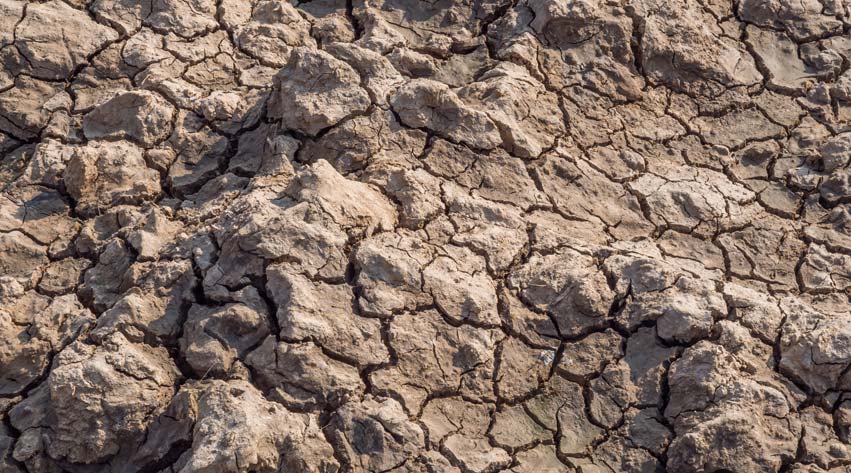Soil cohesion is a fundamental component of civil engineering and geotechnical engineering and provides an important means of understanding how soils behave under the forces of gravity, shear, water and climate. Cohesive soil is defined as soil that can be cut or held together when wet and deformed under force or tension.
Soil cohesion is the result of attraction between soil particles. These attractions are due to charged particles in the soil, which are generally negative. The amount of attraction between particles is influenced by many factors, including the type of soil, the amount of water present, and the amount of clay present. When the attraction between particles is strong, the soil is considered cohesive. When the attractions are weak, the soil is said to be not cohesive.
Some cohesive soils are
- volume
- Sludge
- peat
- Clay
Clay particles are the smallest soil particles and have the highest surface area to volume ratio. This means that there is a strong attraction between the clay particles and the water molecules. When clay particles are wet, they swell and become even more attractive to water molecules. This swelling puts pressure on the clay particles, causing them to stick together. For this reason, clay soils are often referred to as “sticky” soils.


Sandy soils are the largest soil particles and have the smallest surface area to volume ratio. This means there is less attraction between the sand particles and the water molecules. When sand particles are wet, they do not swell and become more attractive to water molecules. This means that sandy soils are not “sticky” like clayey ones.
While cohesive soil offers many benefits, it can also present challenges for civil engineers and geotechnical engineers. One challenge is that cohesive soil can be difficult to excavate and handle. Another challenge is that cohesive soil can lose its strength and become unstable when saturated with water. Therefore, it is important for engineers to have a clear understanding of the properties of cohesive soils and their effects on water.
When designing structures that will be built on or in cohesive soil, engineers must be aware of the potential for instability. You also need to ensure that the foundations can withstand the lateral forces that can be exerted by cohesive soils when saturated with water.
Cohesive soils can be found throughout the world in a wide variety of environments. They are an essential part of the environment and play an important role in many technical projects. By understanding the properties of cohesive soils and their impacts on water, engineers can optimize their designs to harness the benefits of these soils while minimizing the challenges.

